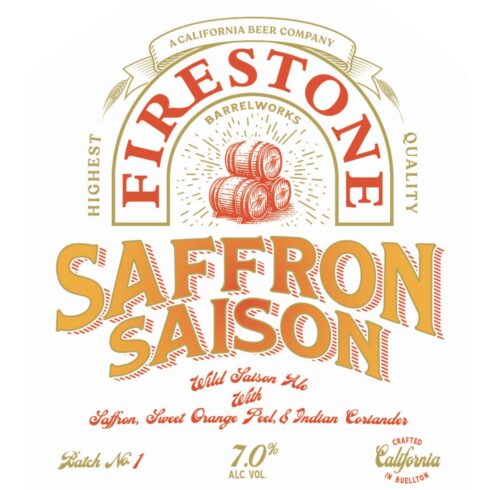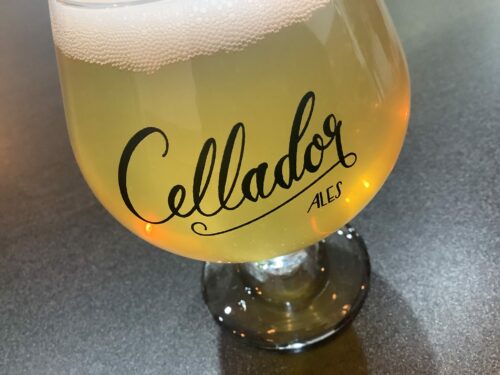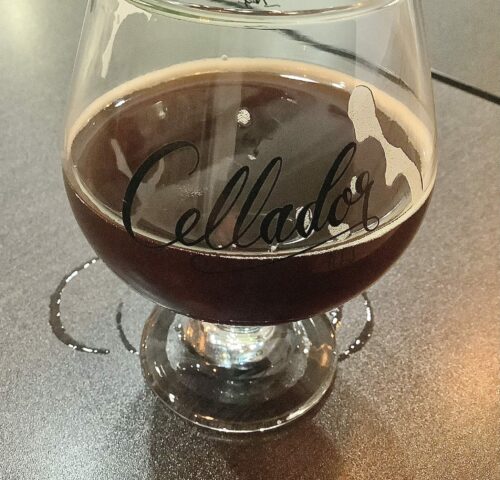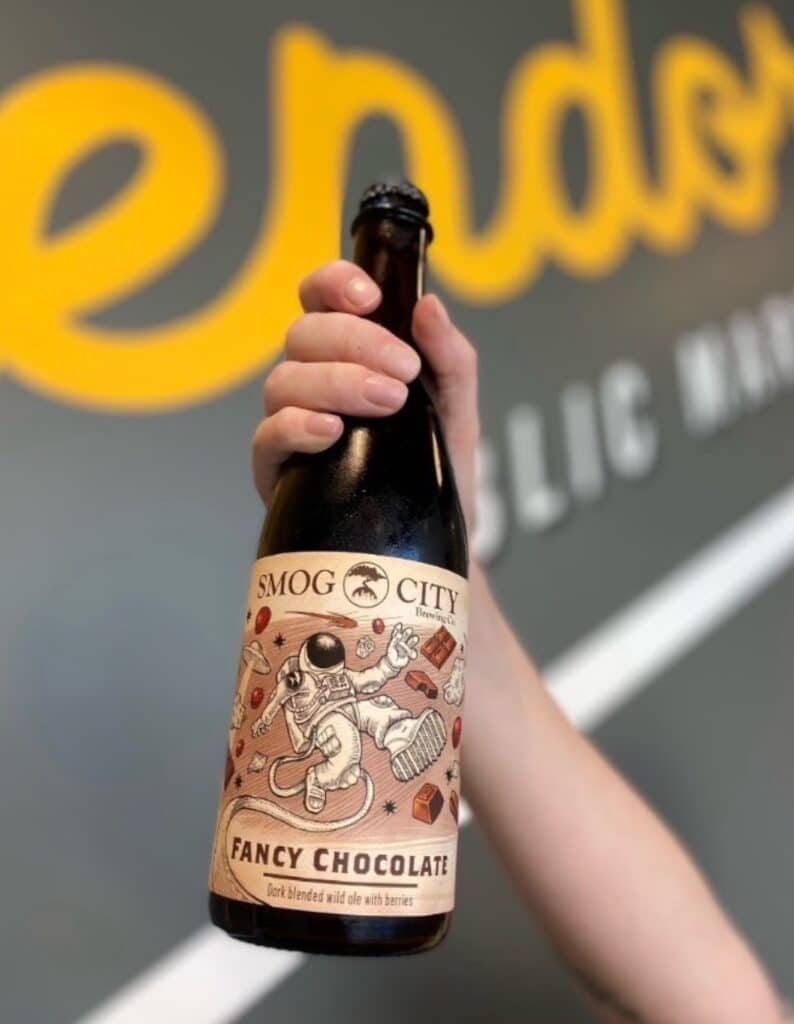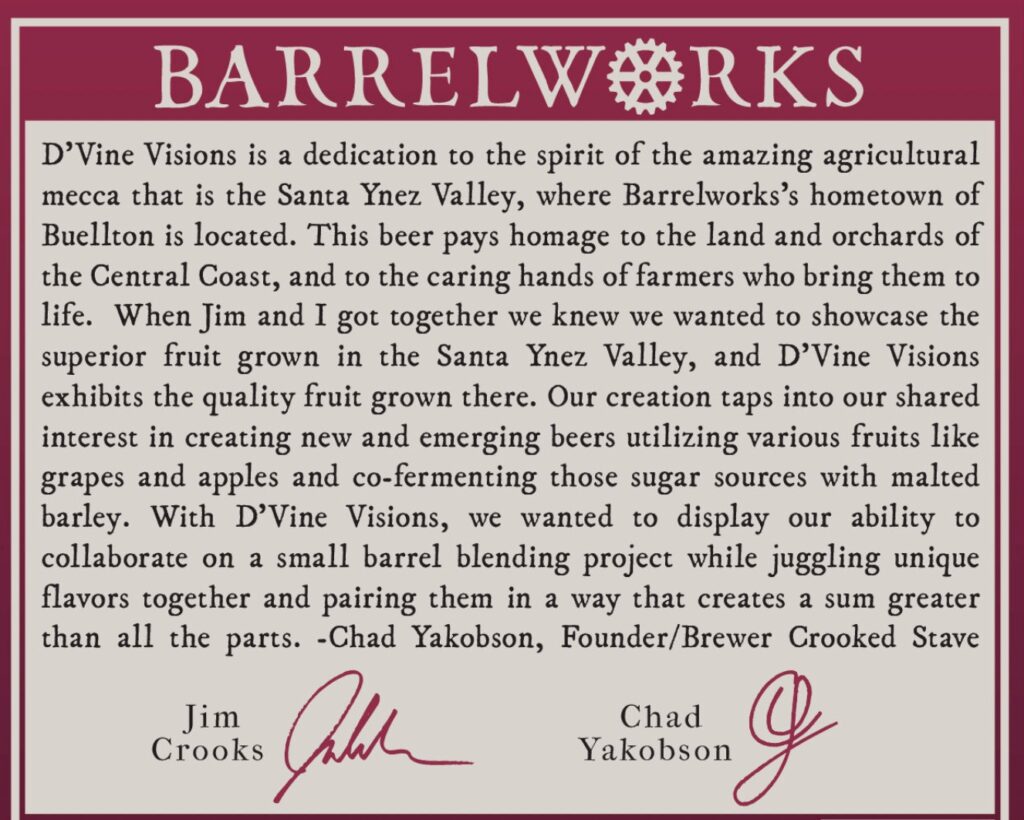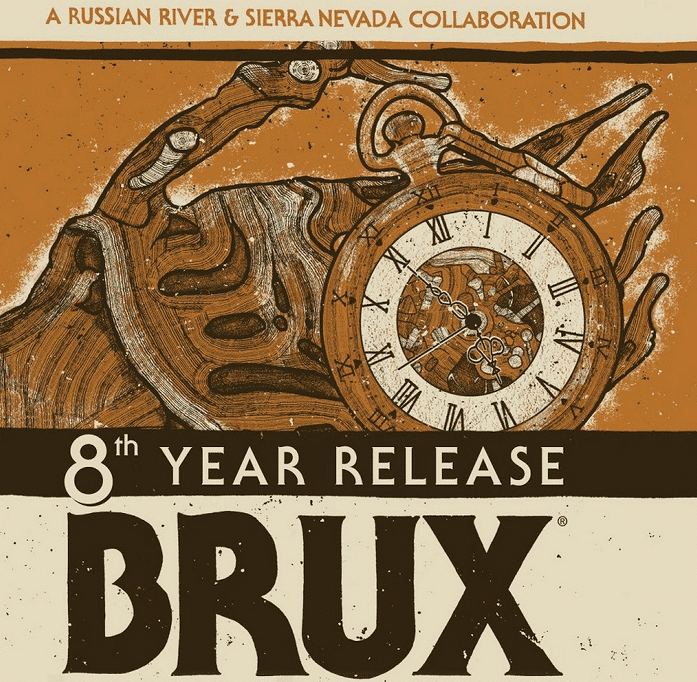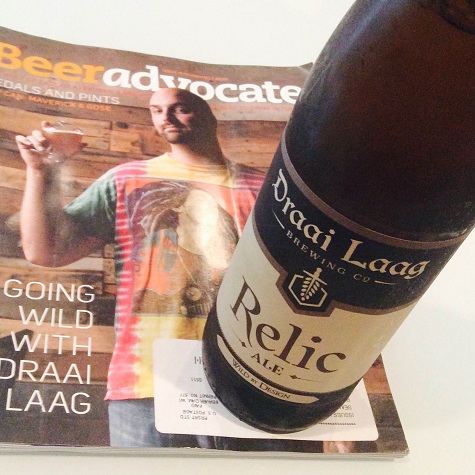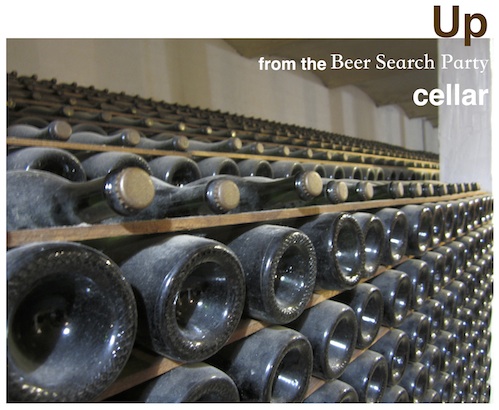
Refermented in the bottle with Brettanomyces bruxellensis, Brux will change and develop over time. Copper-colored, dry and complex, with slightly tart notes of green grass, pear, spice and lemon – this ale will progress in the bottle for many years.
That is part of the brewery description of the domesticated wild ale collaboration between Sierra Nevada and Russian River.

Back in July of 2012, I had these superlatives for the beer when I sampled it at the Surly Goat: “This is one tremendous beer. Pours a slightly hazy yellow. Barnyard funk greets the nose but does not overwhelm. The taste is sprightly with some funk and sour melding together. Some fruit notes tag along for the ride as well.”
But what do I think now that is has aged a bit. Can it possibly get better?
Short answer. No. Not that the orange color that replaced the hazy yellow is an issue. Nor is their a diminishment of barnyard funk. What has changed and not for the better in my view is that last bit of fruit has faded off into the sunset and for sunrise there is a bit of a band-aid note at the back end that is a bit gacky on the palate. And by gacky, I mean a flavor that erases the goodwill that came before and replaces it with a slightly rubber taste. There is a nice tartness here though and the first 85% of the beer is fine even though it doesn’t reach the heights of 2012.
The Verdict? Maybe this beer was in a trough. Some beers go through phases (like a teenager) where they are unlikeable. Would another year make this better? Or improve where it is? Won’t know now but that is the fun of experimenting with beer aging. The unknown.

